Hurricane season brings a familiar anxiety to millions of Android users across storm-prone regions. Your phone's built-in weather app might say rain is coming. Fine for a picnic. Not so helpful when a Category 3 hurricane is bearing down on your neighborhood. In that moment, you want more punch. You want specialized weather apps that turn your Android into a command center.
The numbers back up this shift to mobile-first weather. Research shows that over 75% of people rely on weather apps for general forecast information, a fundamental change in how we access critical data. During emergencies, the trend is even clearer: about 80% of users now receive severe weather notifications directly on their phones, which makes your device the first line of defense against dangerous conditions. The transformation has been dramatic. Weather app usage has skyrocketed over the past 10-15 years, disrupting traditional reporting and creating demand for real-time, location-specific storm intelligence.
Why hurricane season demands more than basic weather apps
Here is the bottom line. When Hurricane Octave recently tracked across the Pacific, it showed how quickly generic weather apps can crumble under pressure. The hurricane began with 35-knot winds on September 30, 2025, eventually reaching a peak intensity of 70 knots by October 5. That kind of rapid intensification, doubling in strength in five days, requires specialized tracking and predictive modeling that standard apps do not deliver.
Think about what real preparedness needs versus what a basic widget gives you. Hurricane season runs from June through November every year, a six-month window where small tropical disturbances can become life-threatening in hours. Your default app might show a five-day outlook. Helpful, sure. But when a system is spinning up 800 miles away, you want tools that can track development and project evolution with precision.
This is where specialization matters. Most hurricane tracker apps can alert you when storms approach any location you choose and provide detailed forecasts about timing. More importantly, these specialized apps provide real-time weather updates, satellite tracking, and predictive analytics, enabling users to make informed decisions during severe storms and hurricanes. Instead of generalized forecasts, they pull from multiple models, satellite feeds, and hyperlocal data to create granular, location-specific intelligence. That can be the difference between a timely evacuation and a dangerous delay.
The Android apps that actually deliver when storms hit
Let's talk about what holds up when pressure drops.
AccuWeather has earned its reputation through measurable performance during real storm events. A 2025 study found that during the 2024 Atlantic hurricane season, AccuWeather provided the most accurate hurricane forecasts, outperforming even the National Hurricane Center. The precision is notable. AccuWeather's storm track predictions were 6.2% more accurate overall, with 8.6% improvement in landfall location forecasts and 37.8% improvement in landfall intensity forecasts.
What moves AccuWeather from accurate to essential is how that precision becomes actionable through features like MinuteCast. This exclusive tool provides hyperlocal precipitation forecasts, showing precise start and end times for rain and snow over the next four hours, pinpointed to your exact street address. In hurricane conditions, street-level timing helps you make quick calls, secure outdoor furniture before winds pick up, or gauge when rainfall may shift to wind-driven hazards.
The Emergency: Severe Weather app from the American Red Cross takes a different tack, aiming at preparedness and response rather than pure forecasting. This free Android app helps you prepare for tornadoes, hurricanes, wildfires, and more, providing severe weather updates and notifications to keep you and your loved ones safe. If AccuWeather helps you understand what is coming, Emergency helps you act. It includes features like Doppler radar for real-time storm tracking, hurricane monitoring tools, and even helps you locate Red Cross shelters through interactive weather maps.
That pairing matters when forecasting meets real-world decision-making under pressure. Data turns into a plan.
Features that matter when the stakes are highest
The gap between a good weather app and a life-saving tool comes down to capabilities built for emergencies. At the base level, your hurricane app should show exactly where storms will go up to five days in advance, as reported by NOAA. That lead time is what evacuation planning and property protection rely on.
Then you layer precision. Most quality hurricane apps display how far away storms are from your current location and reveal exact coordinates and wind speeds in forecasts. Distance, location, and intensity together shape decisions. A storm 200 miles out with 85 mph winds dictates a different timeline than one 50 miles away at 120 mph. Exact coordinates help you see whether you are in the direct path or on the fringe.
Technical resilience matters when infrastructure falters. Some apps even support low-bandwidth mode to download lower-quality radar and satellite images, so you can keep pulling vital updates when towers are overloaded or damaged. Caching information offline extends that reliability when connectivity gets spotty.
History helps too. Hurricane apps can even track storms from decades ago, giving you context on how similar tracks played out near you and what prep worked. That turns raw data into informed risk, and guesswork into a plan.
The bottom line: preparation beats panic
The boom in weather apps is more than convenience. It is an acknowledgment that mobile tech now acts like safety infrastructure. According to Tekrevol, the market reached $1.5 billion in valuation by 2024 and is projected to surpass $3 billion by 2030, driven by storm-prone regions where forecasting accuracy affects life and property.
What really drives this market is not flashy features. It is performance when everything is on the line. Research consistently shows that accuracy drives app downloads and retention more than design or additional features. When a dangerous storm is approaching, users pick reliability over visual polish.
And the demand concentrates where it hurts most. Demand is particularly strong in regions vulnerable to extreme weather, where reliable storm-tracking applications are critical to ensuring safety and reducing economic losses. These are not casual temperature checkers. They are communities that know specialized hurricane tracking can separate informed preparation from risky guesswork.
The tech keeps moving. Storm tracking apps are anticipated to expand in scope with features like interactive alerts, community-driven updates, and IoT device integration for advanced monitoring. Today's tools are a baseline, not a finish line.
Hurricane season is not getting gentler, and basic weather apps were not built for the intensity and precision serious preparation demands. Your Android can be a crucial safety tool during hurricane season if you equip it with apps that match the stakes.




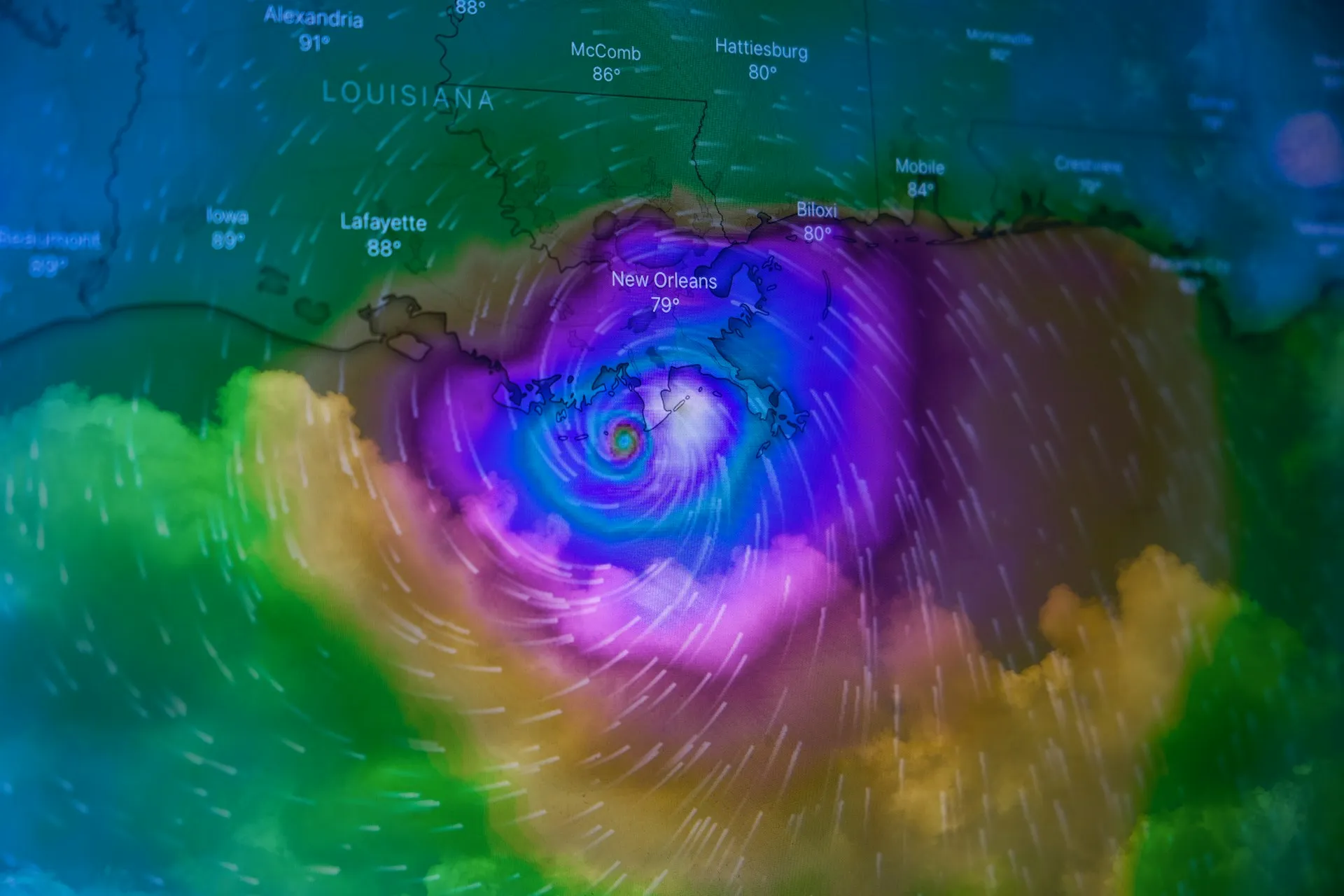


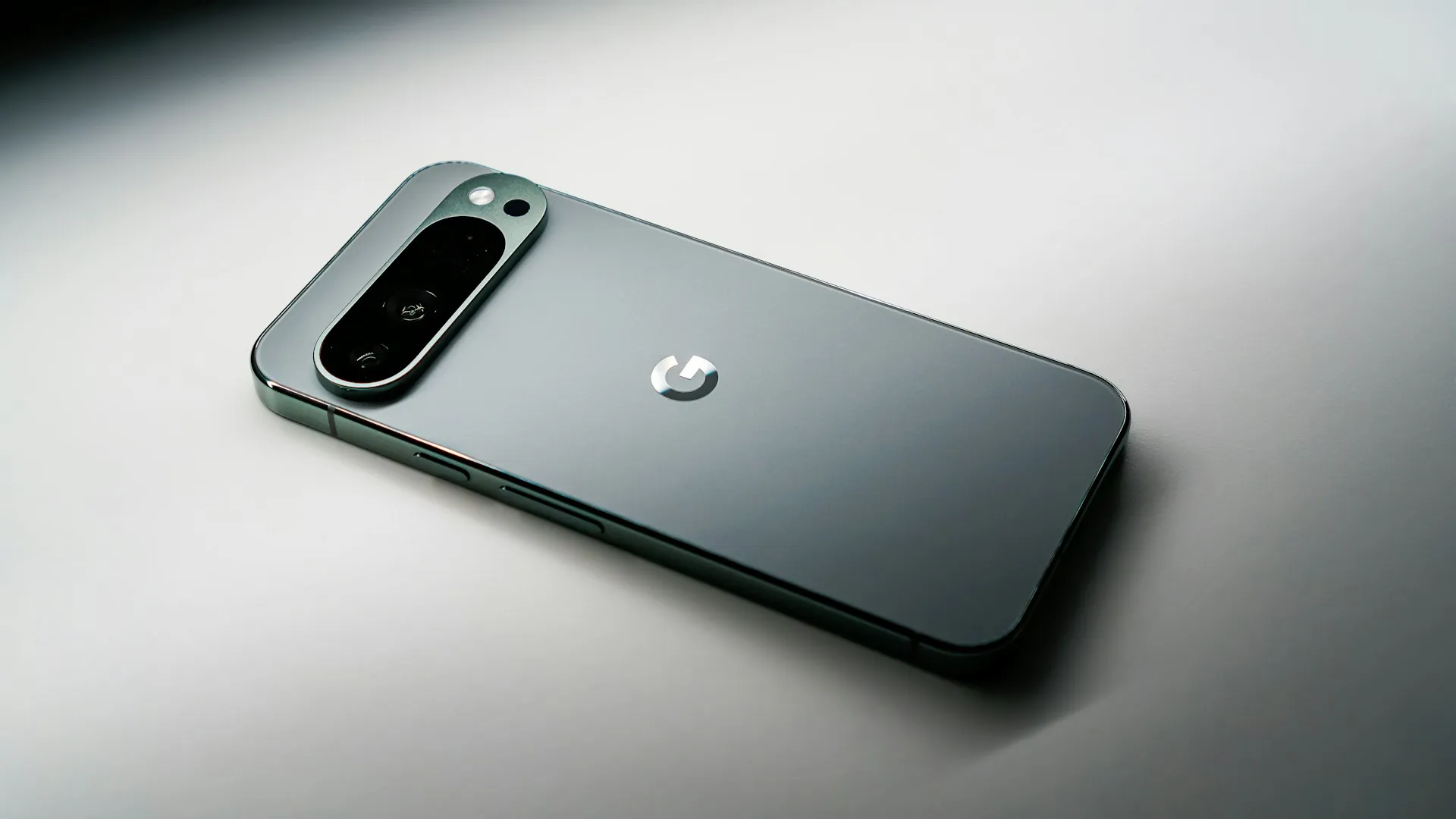

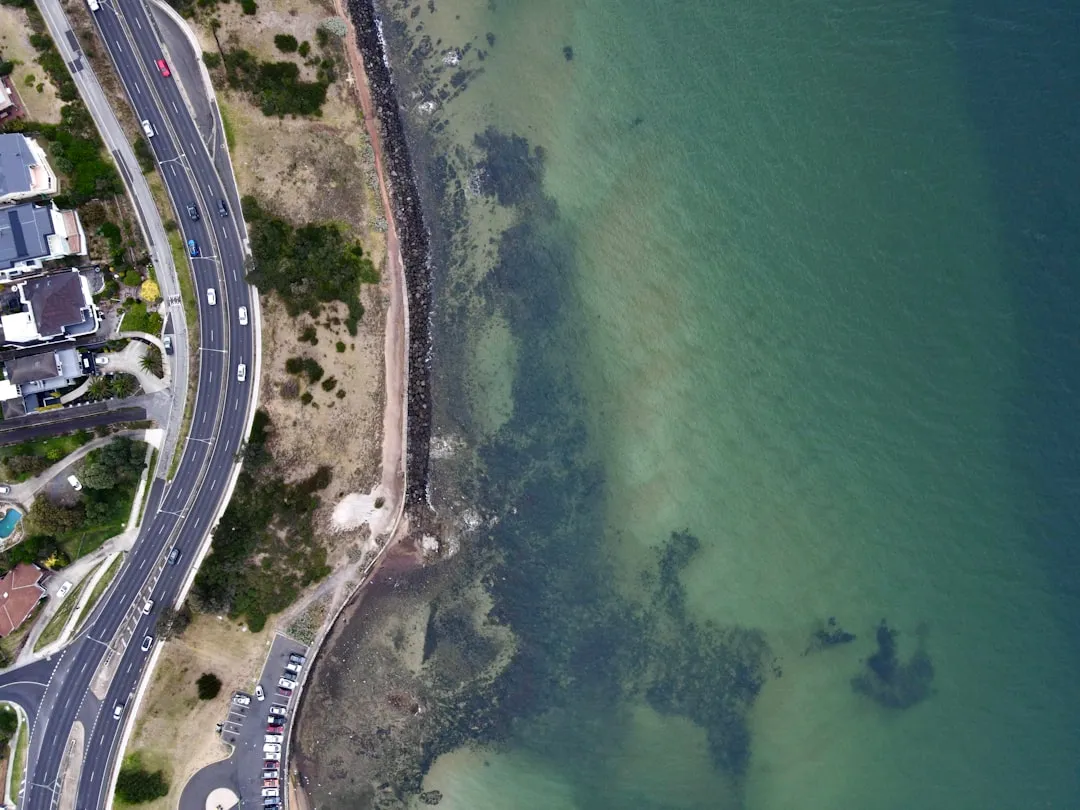
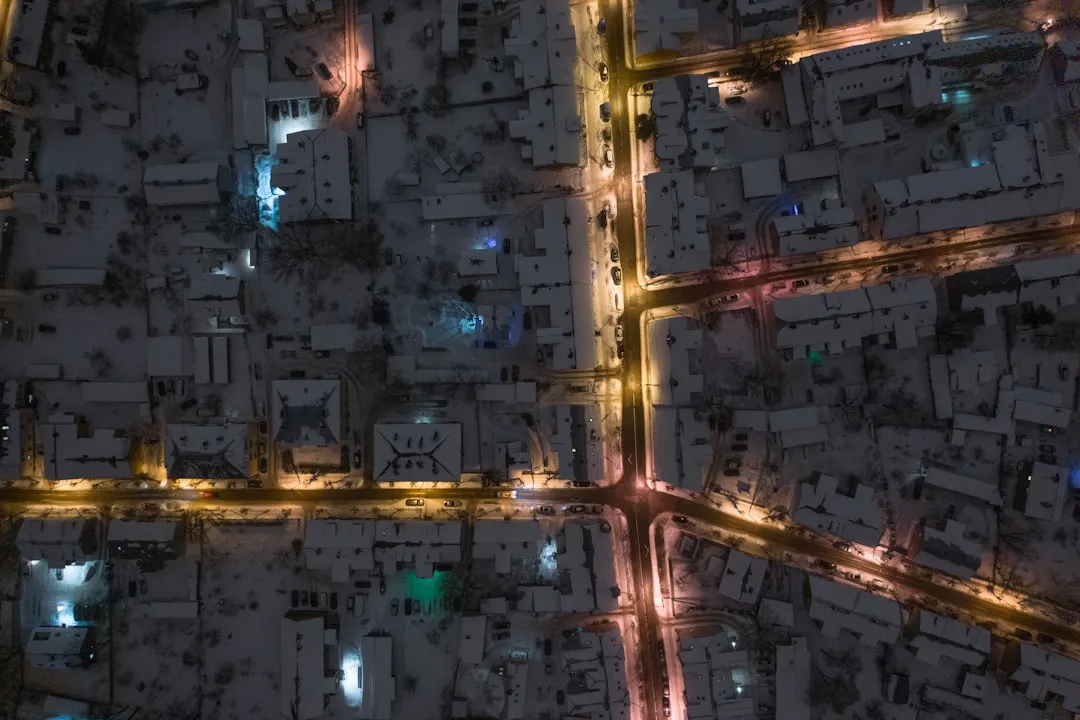
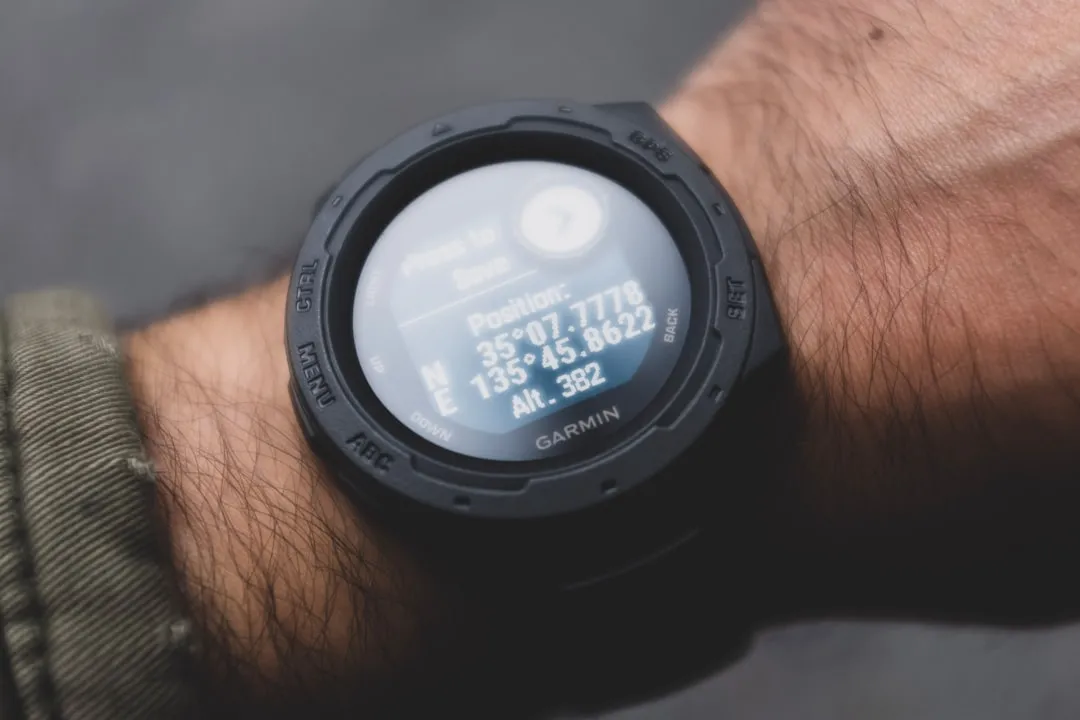
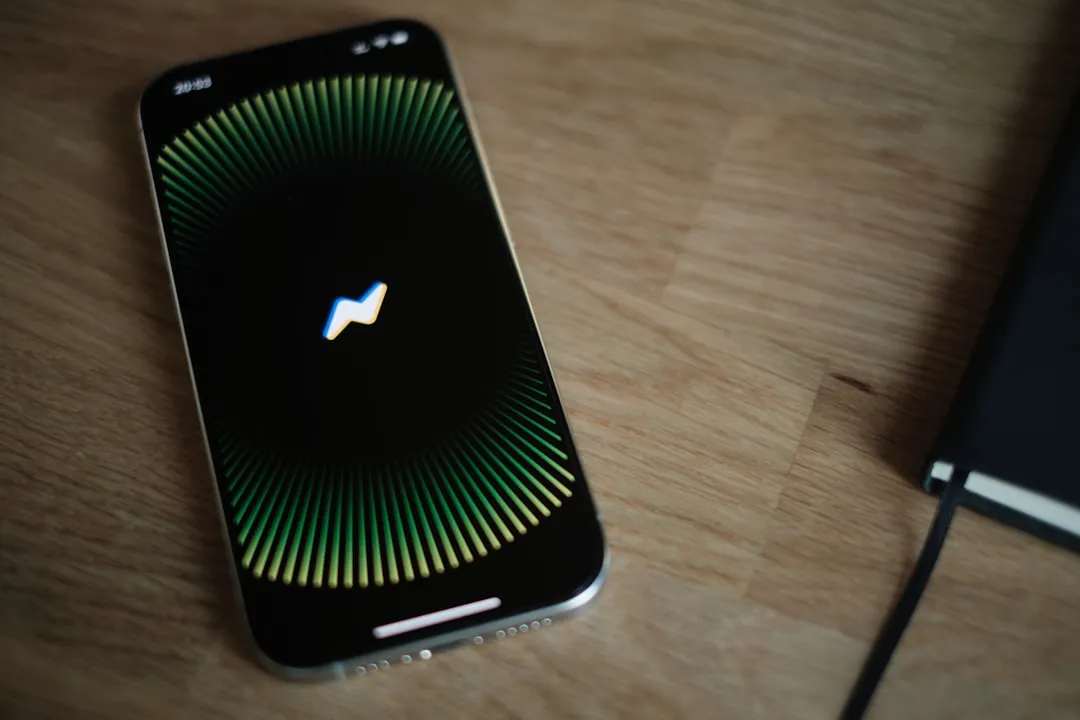

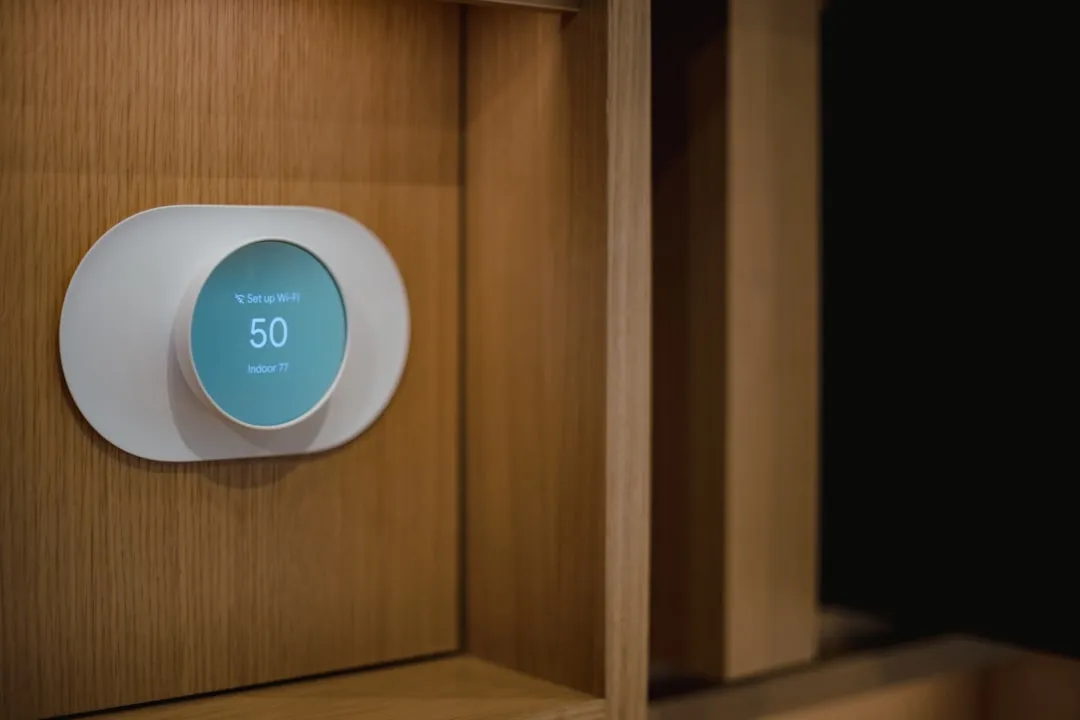

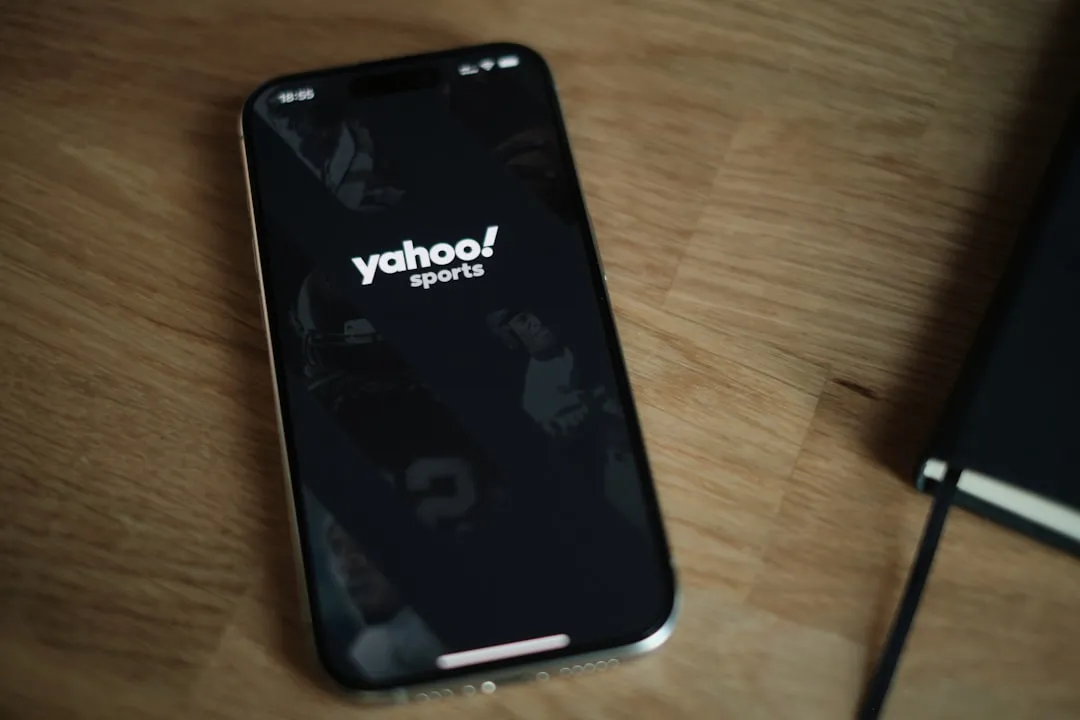
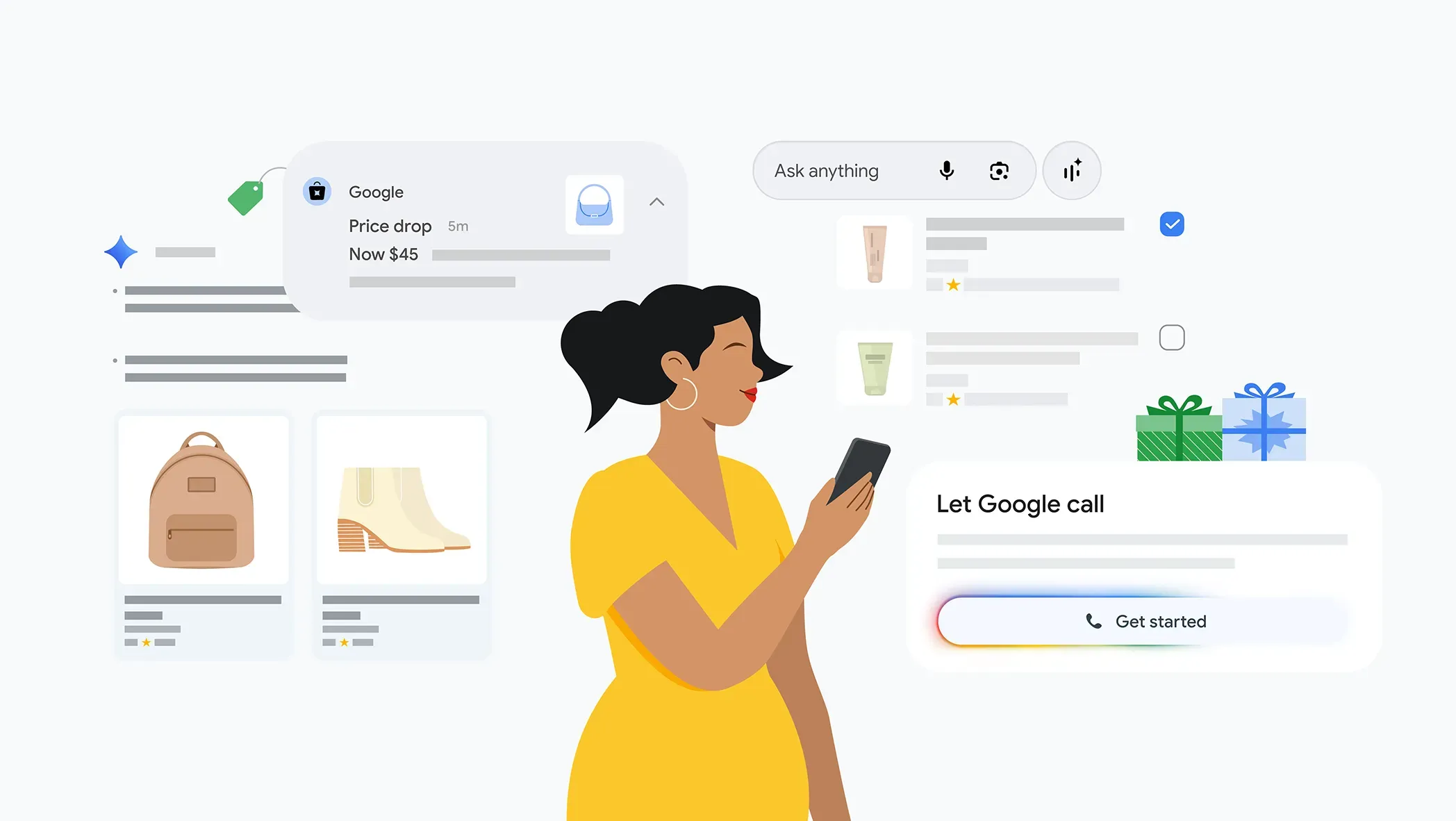
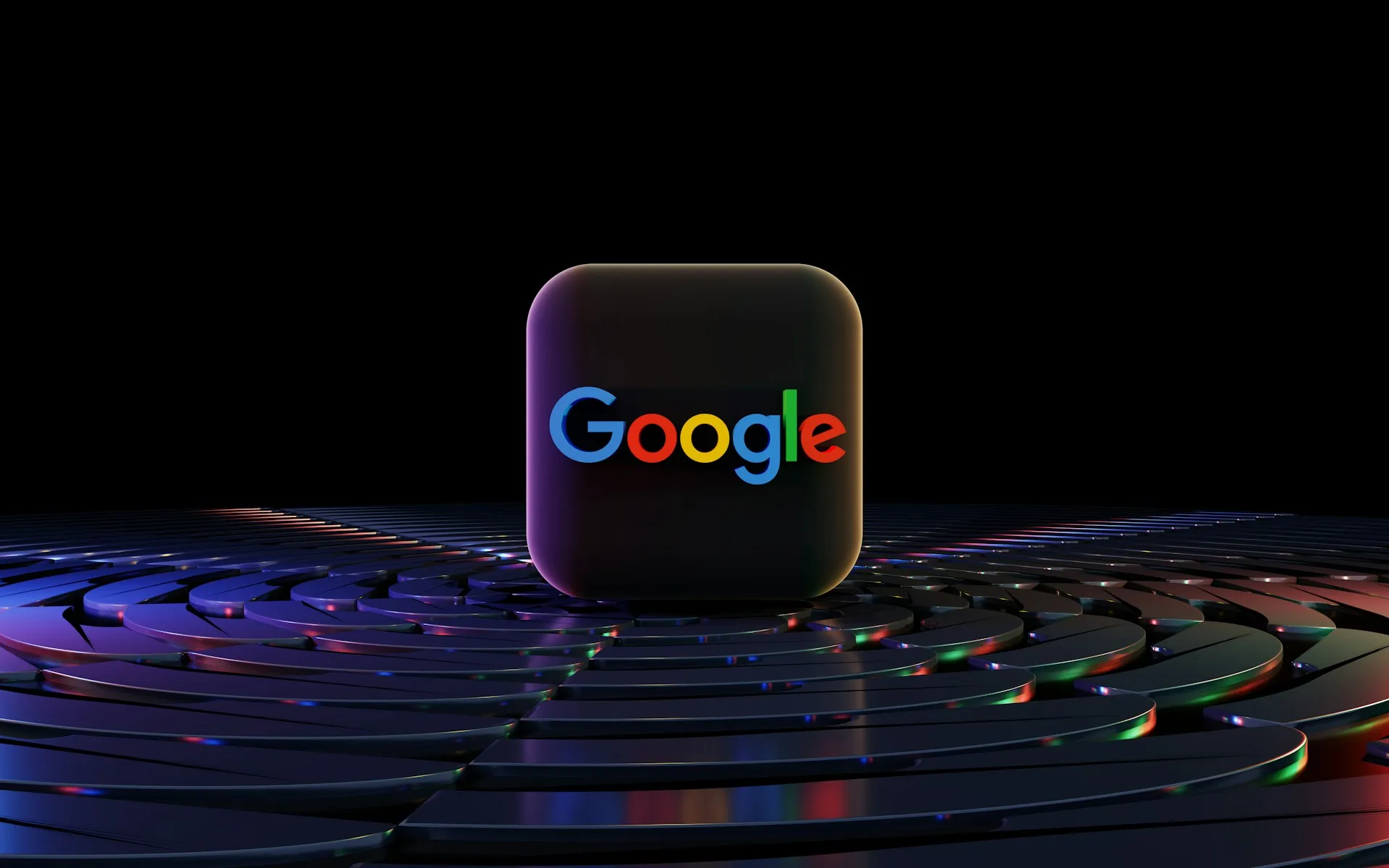
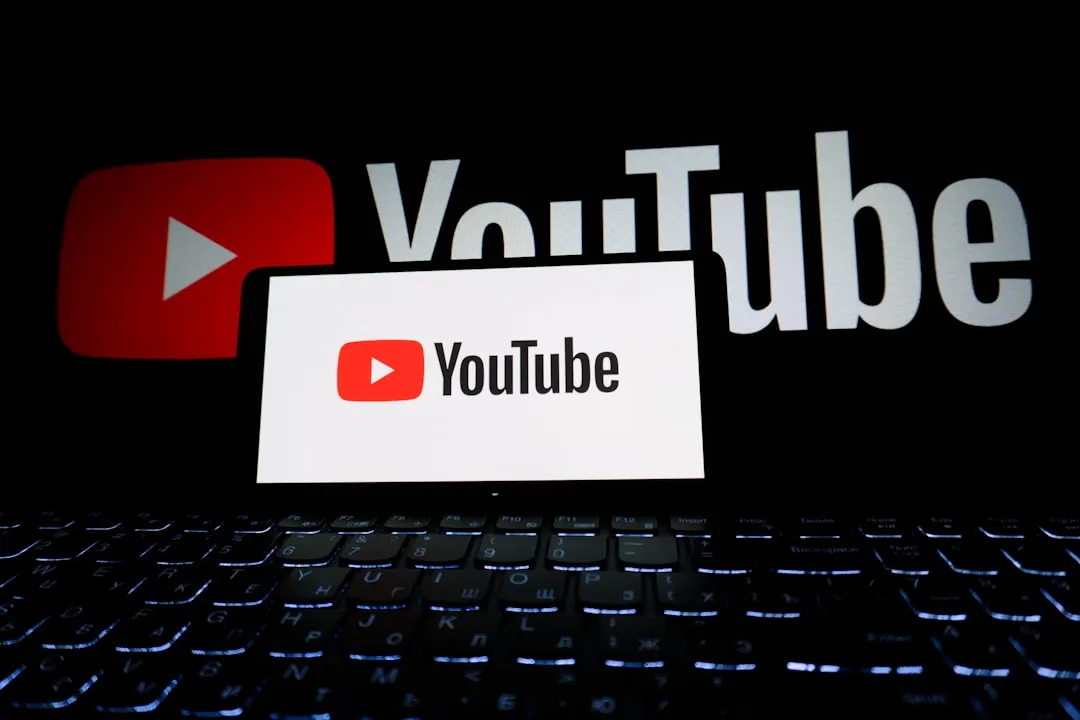
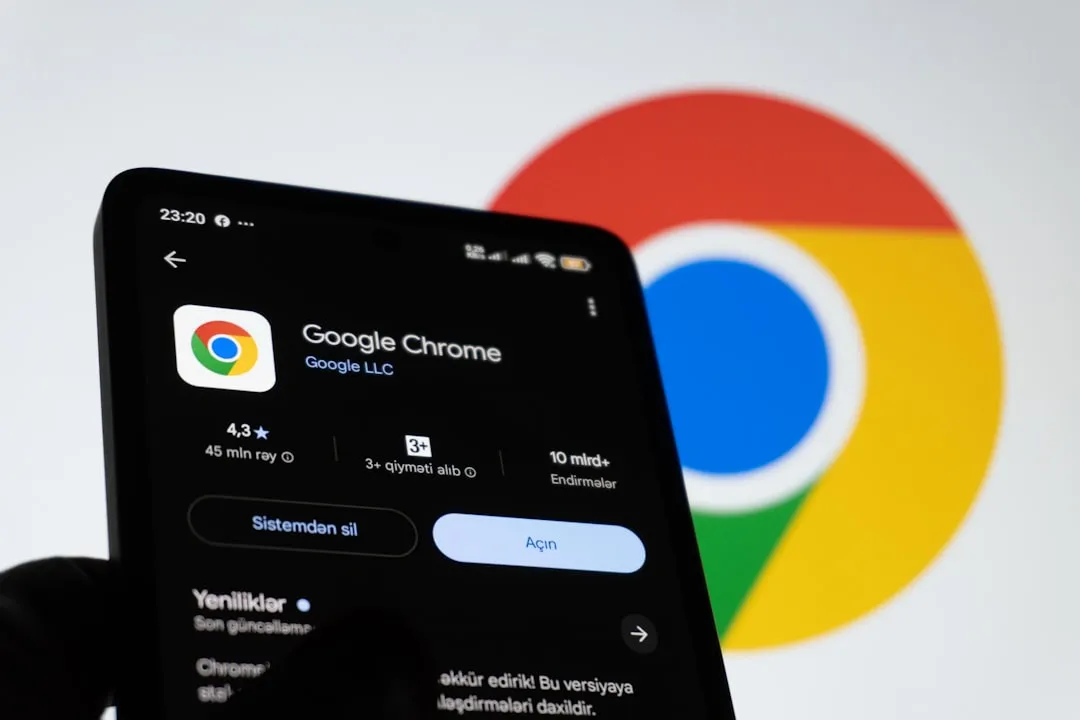
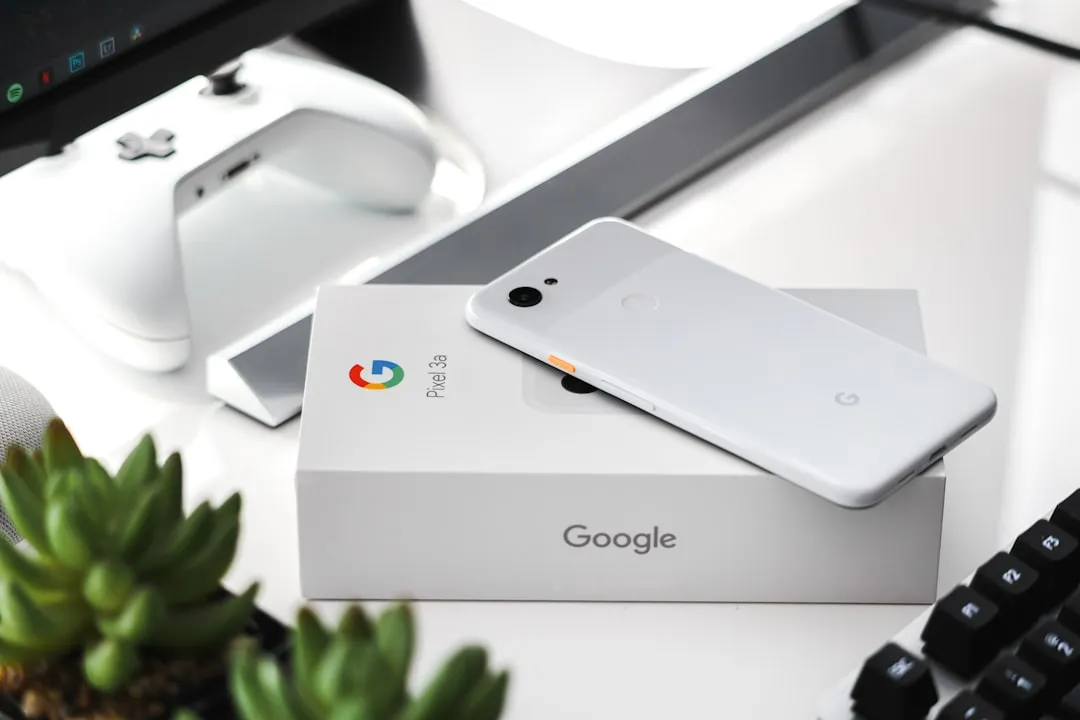
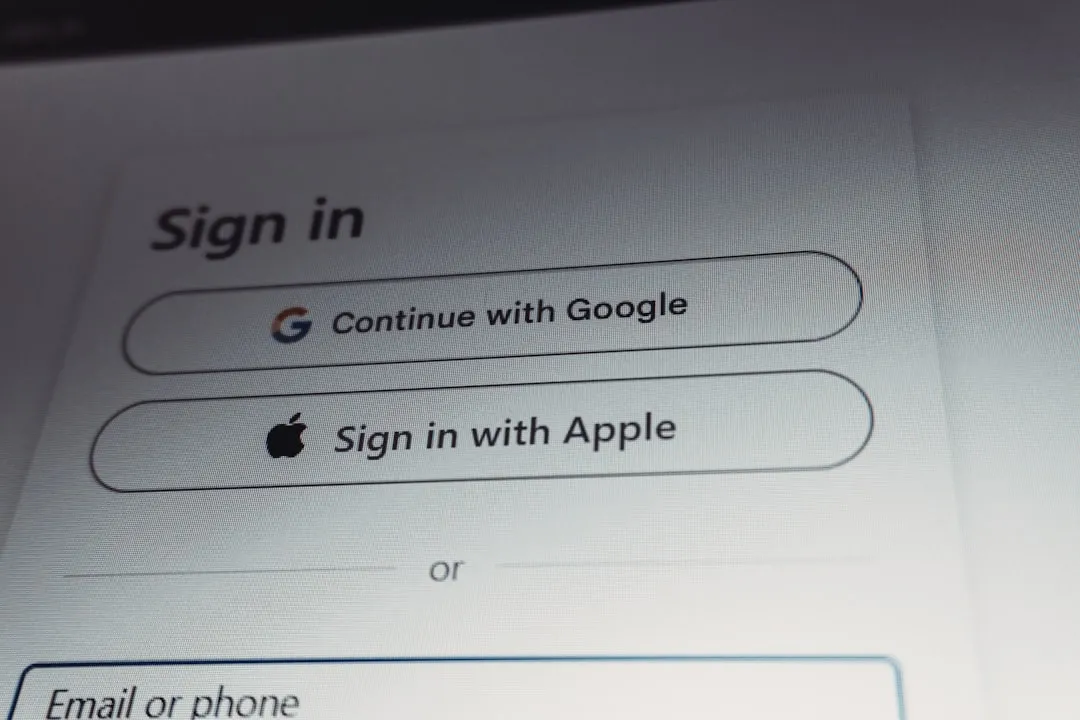
Comments
Be the first, drop a comment!